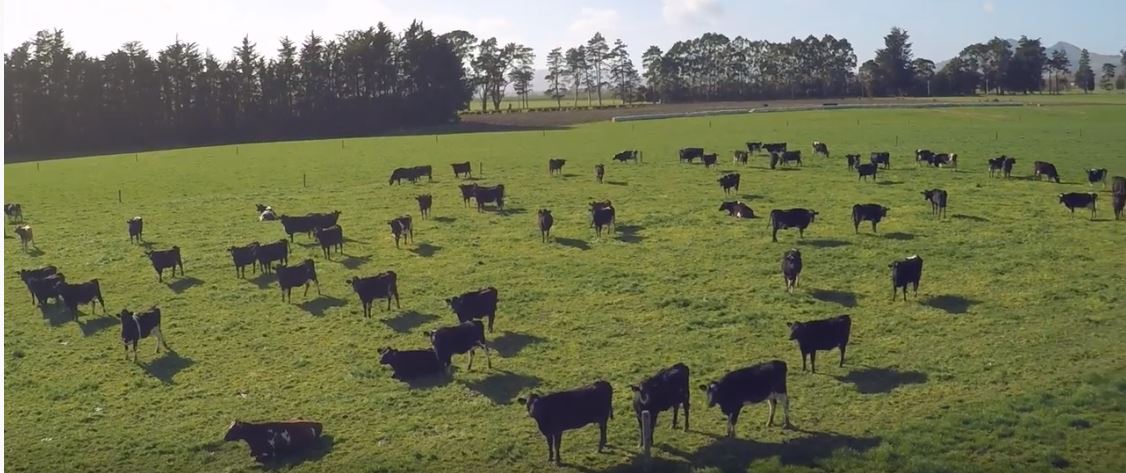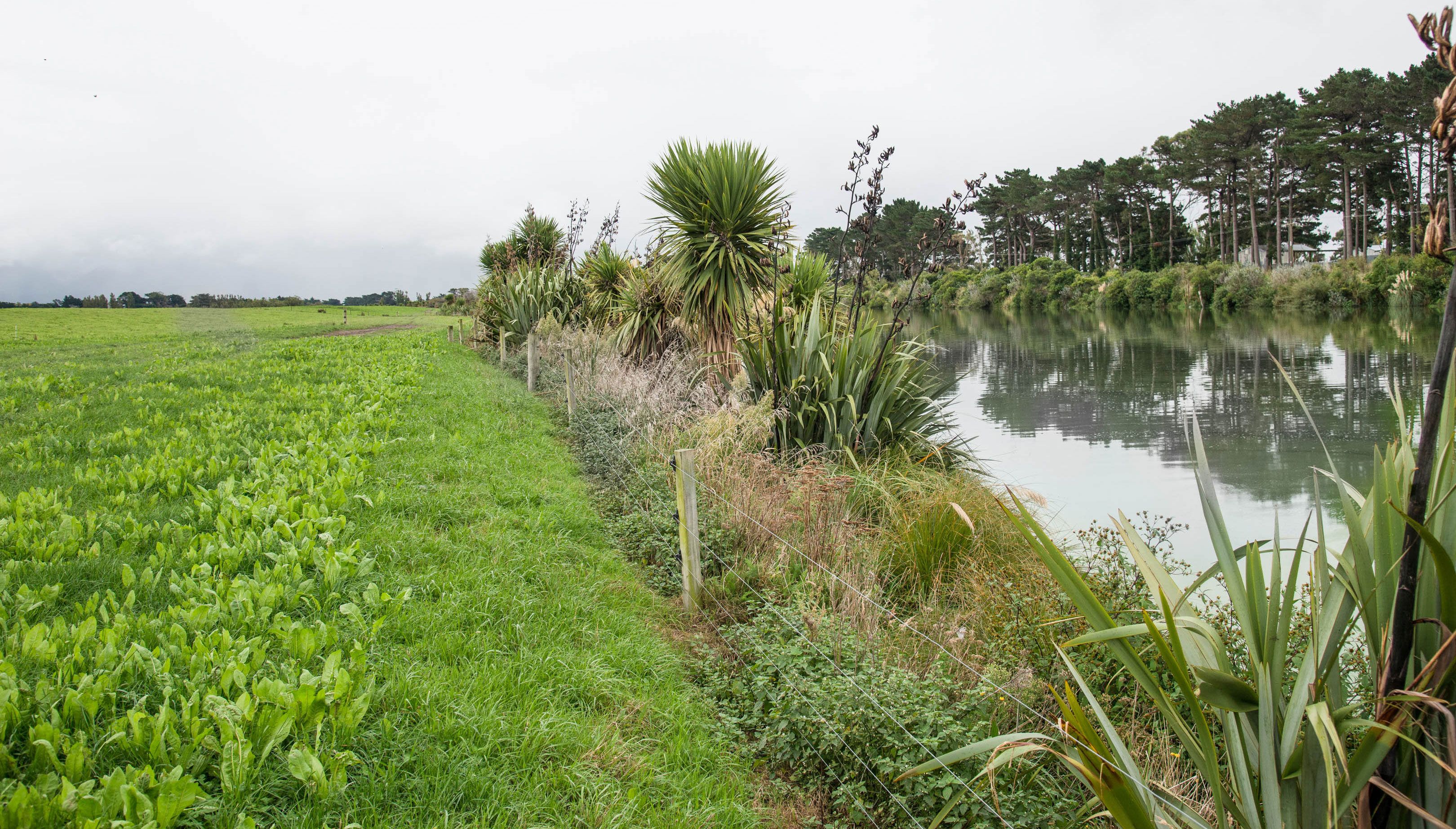Five years of effort by farmers
Dairy farmers have, to help water quality, fenced off 24,000km of waterways from cattle.


If you added up the length of all the fencing taken by dairy farmers to prevent cows from accessing waterways in New Zealand, it would total 24,249km – the equivalent of a return trip from Auckland to Vancouver.
It’s a staggering number, representing 98.3 per cent of the length of significant on-farm waterways as measured by DairyNZ’s Sustainable Dairying: Water Accord over the last five years.
The Accord, adopted in 2013, has made its final report, released this month, documenting the progress made by the nation’s dairy farmers to adopt good practices to help improve the nation’s water quality.
Dr David Burger, DairyNZ’s strategy and investment leader for Responsible Dairying, says the most exciting aspect of the Accord has been that the measures and practices adopted by dairy farmers were voluntary – and pursued well before regulation.
“We acknowledge there is still work to do but the Accord results are exciting; they show New Zealand’s dairy farmers have not only met the challenge, but responded to it,” he says. “They’ve delivered a significant amount of work to improve environmental performance and the health of our waterways – as reflected in the Accord’s fifth year results.”
The Accord, a commitment involving Fonterra, Open Country, Synlait, Oceania Dairy, Tatua, Miraka and the Dairy Company Association of New Zealand as partners, with support from various organisations* and the country’s regional councils, stems from dairy’s acknowledgement that dairying, without well managed effluent, can affect the country’s waterways.
Burger says: “The sector should be proud of the fact 11,000 farmers have voluntarily improved their environmental performance and brought better outcomes for waterways.”
The independently audited Accord sets out a number of commitments and targets in five main areas - riparian management, nutrient management, effluent management, water use management and dairy farm conversions. They are measured by data compiled each year by Accord partners.
The main results are:

Burger says he was particularly pleased with the stock exclusion and bridging and culverting of regular stock crossings on dairy farms – but says there is more work to be done around wetlands.
They are sometimes described as "the kidneys of the land" – filtering, absorbing and transforming water contaminants, particularly run-off and shallow groundwater from farms, helping reduce undesirable elements reaching streams, rivers and lakes.
A NIWA study found seepage wetlands can reduce the amount of nitrate – a problematic form of nitrogen – in waterways by up to 75-98 per cent and can be highly efficient at removing excess nitrogen in run-off from dairy farms. Wetlands are also efficient at trapping sediment and sediment-bound phosphorus.
While most of the country's wetlands have been drained in the past 200 years, DairyNZ and other agencies recommend preserving natural wetlands and there have been many success stories of farmers creating man-made wetlands to help improve water quality.
However, Burger says, while work continues on the importance of preserving and restoring wetlands, the Accord faced a challenge affecting its reporting data: “We found there was no one consistent definition of a significant wetland and that the term meant different things to different councils – so our ability to identify and report on wetlands was inconsistent – and not up to the standard required by the Accord’s audit.”
“Dairy Tomorrow, the sector’s guiding strategy, will pick up from where the Accord leaves off,” says Burger. “The promotion of wetlands as part of healthy agricultural ecosystems is seen as an essential part of our responsibilities under this strategy.”
Burger says all New Zealanders need to play their part to look after our waterways.
*Supporting partners of the Accord were: the Fertiliser Association, Ravensdown, Ballance, Federated Farmers, Irrigation NZ, and the NZ Institute of Primary Industry Management.






